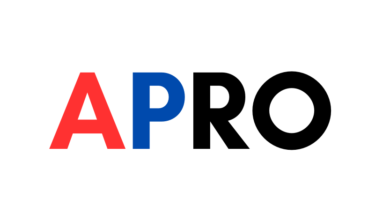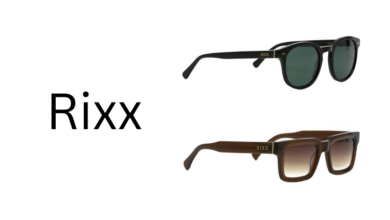Memes: The Internet’s Lightning-Fast Secret Code

It’s kinda hilarious how memes turned into the internet’s universal, unspoken language. One random image, a punchy caption, and bam—you’re not just in on a joke, you’re basically dropping your point of view or a weird truth about life smack in the middle of the feed. No slow build-up, just straight to the good stuff—faster than you can say “like and subscribe.” They have this magical way of slicing right through all the constant online static.
And forget about perfection. Memes love a little chaos—glitchy crops, Comic Sans, maybe even that hideous Impact font. That’s part of the charm. Feels more like goofing off with your friends than some overworked marketing pitch, right? The best ones almost look rushed. It’s that “fresh outta my brain” energy that makes them pop and go semi-viral when the timing hits. No wonder sometimes a meme blows up and you have no clue why.
But, y’know, memes are more than just giggles. They’re like emotional x-rays—showing you exactly what people are thinking about work, the news, your love life, and all those stupid little daily frustrations. That instant moment of “OMG, this is so me”? That’s basically the meme’s superpower. It’s like all of us are in on the exact same running joke, and the internet’s just here to host the party.
And the format? Oh boy, talk about flexible. That same overused pic gets a million different spins—one week it’s about coffee, next week it’s politics, and somehow both versions get a million shares. Wild. Memes are the chameleons of the web, shapeshifting every time you blink, and honestly, that’s how they stay shiny and new, even when it’s, like, the third time you’re seeing the same image.
Also, can we appreciate how easy these things are to make? No degree required; just hit up a meme generator, toss in a pic, scribble your brain dump, and off it goes—your own slice of internet culture pinging around group chats and feeds. Even your grandma and that weird kid from study hall can make one. It levels the playing field, big time.
Here’s the real gem, though—memes aren’t just global. Some of the best ones are barely known outside a single friend group or city. Inside jokes for your D&D crew, your local gym, your basement-dweller squad? They mean the world, even if only five people “get it.” Going viral isn’t the point; the spark of connection is.
Of course, brands are hopping on the meme train, some nailing that “we’re just like you, promise!” vibe and others crashing so badly you can practically hear the eyerolls. The successful ones join the conversation, not hijack it. And if a brand tries too hard? Two seconds, scroll, never to be seen again. Gotta respect the brutal honesty of the feed.
There’s a darker flipside, though. Memes are smooth operators when it comes to spreading nonsense. Wrapped up in a joke, people forget to fact-check. Suddenly, some random tweet is “proof.” Memes shape how people see everything—good and bad. They’re like little digital grenades, sometimes for laughs, sometimes for chaos.
At the core of it all, memes = creativity unleashed. Taking the boring, the ugly, or the bizarre and twisting it until everyone’s laughing, cringing, or—on rare occasions—even a little wiser. And, since anyone can play, you get these perfectly weird moments where a random 3am post turns into tomorrow’s hottest meme and nobody knows how it happened.
In the end? Memes prove internet culture loves speed, connection, and LOLs over basically everything else. Most memes burn out crazy fast, but while they’re hot, they’re everywhere—way more powerful than any thinkpiece or three-minute vlog.
So, whatever you’re making—a roast for your buddy, commentary on world events, straight-up venting about Mondays—memes aren’t going anywhere. They’re this electric, creative shorthand for how we live online—a global wink we all seem to get, no dictionary needed.



